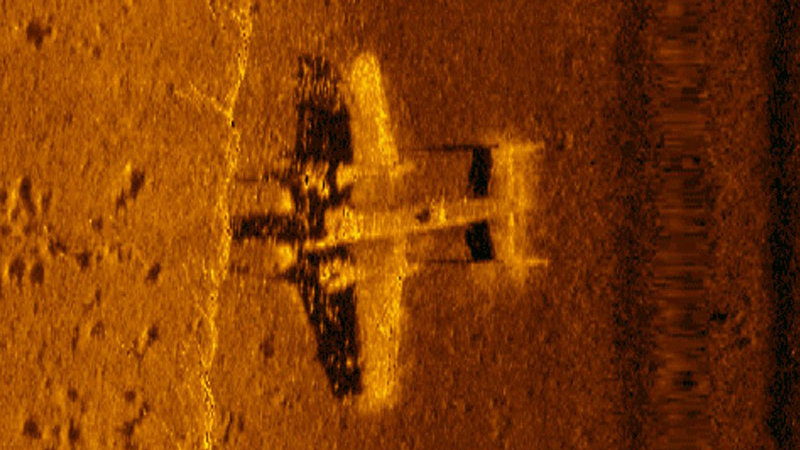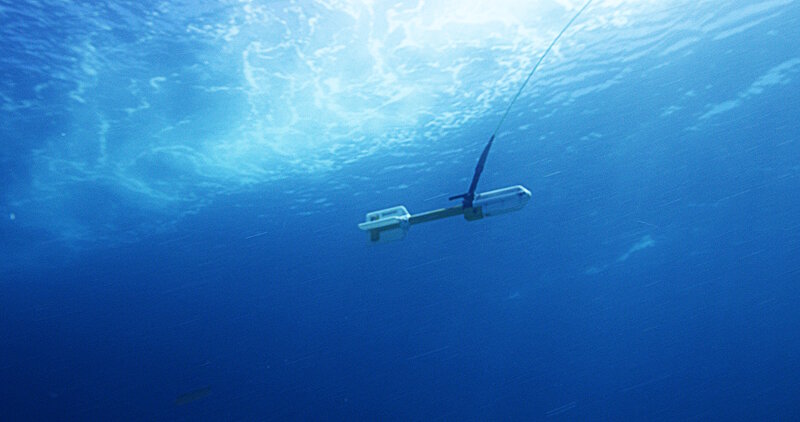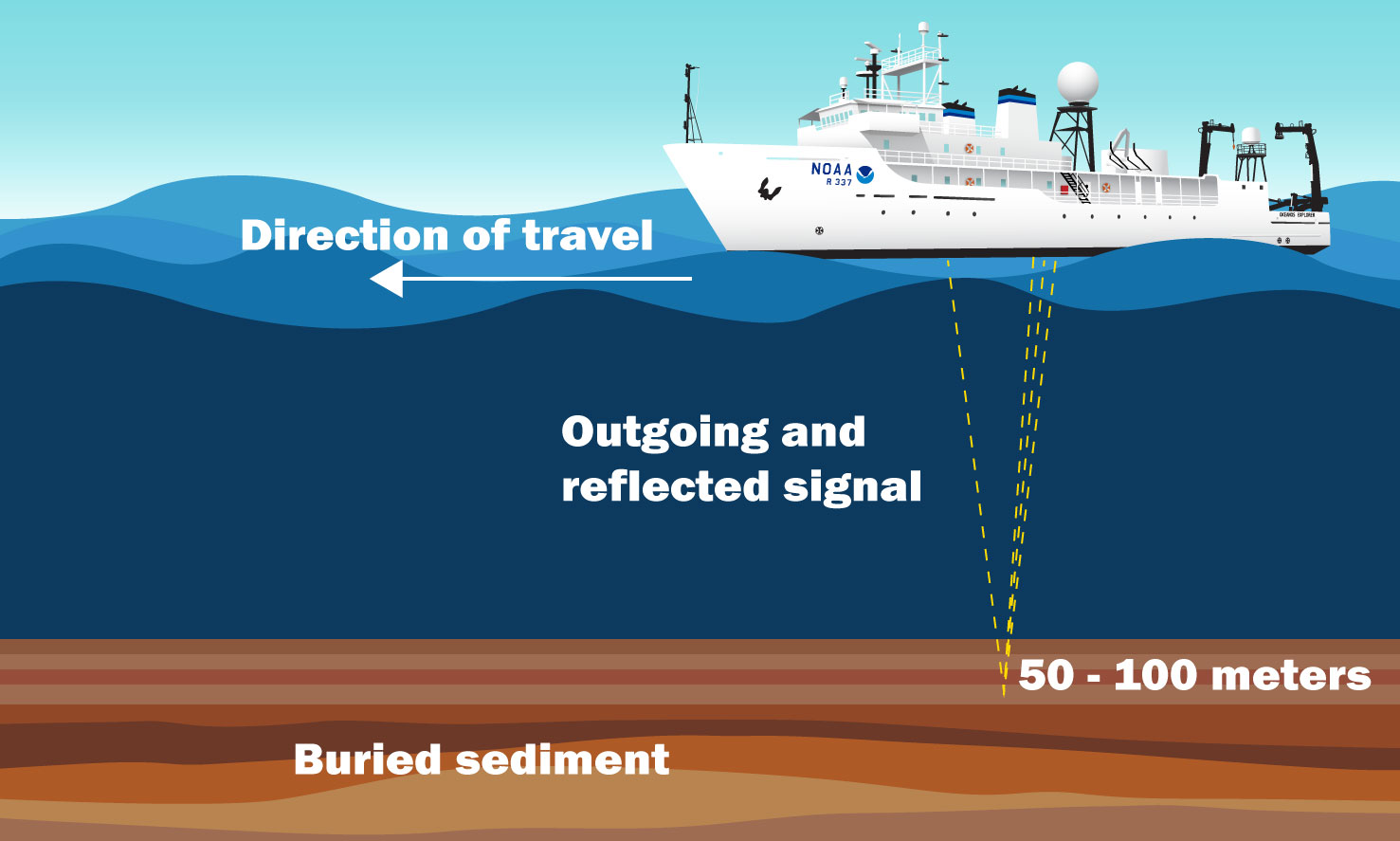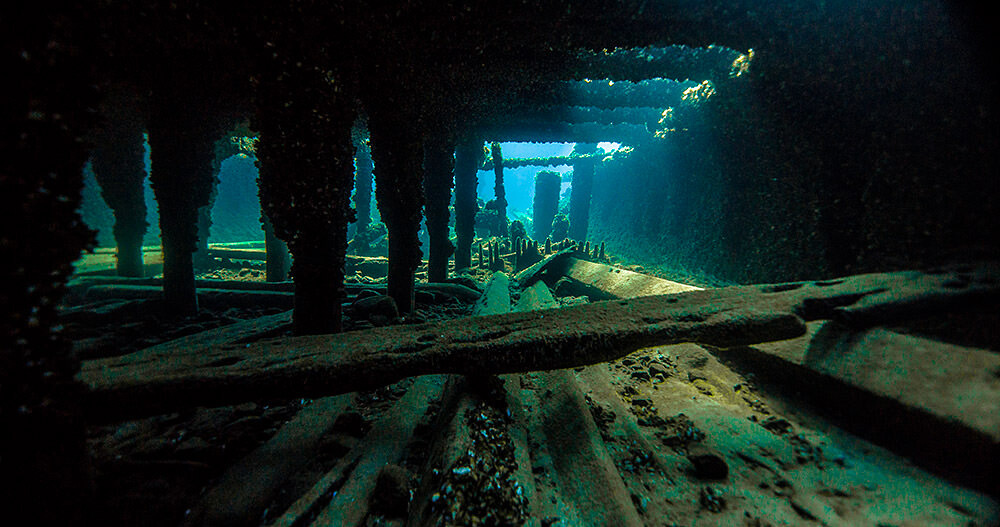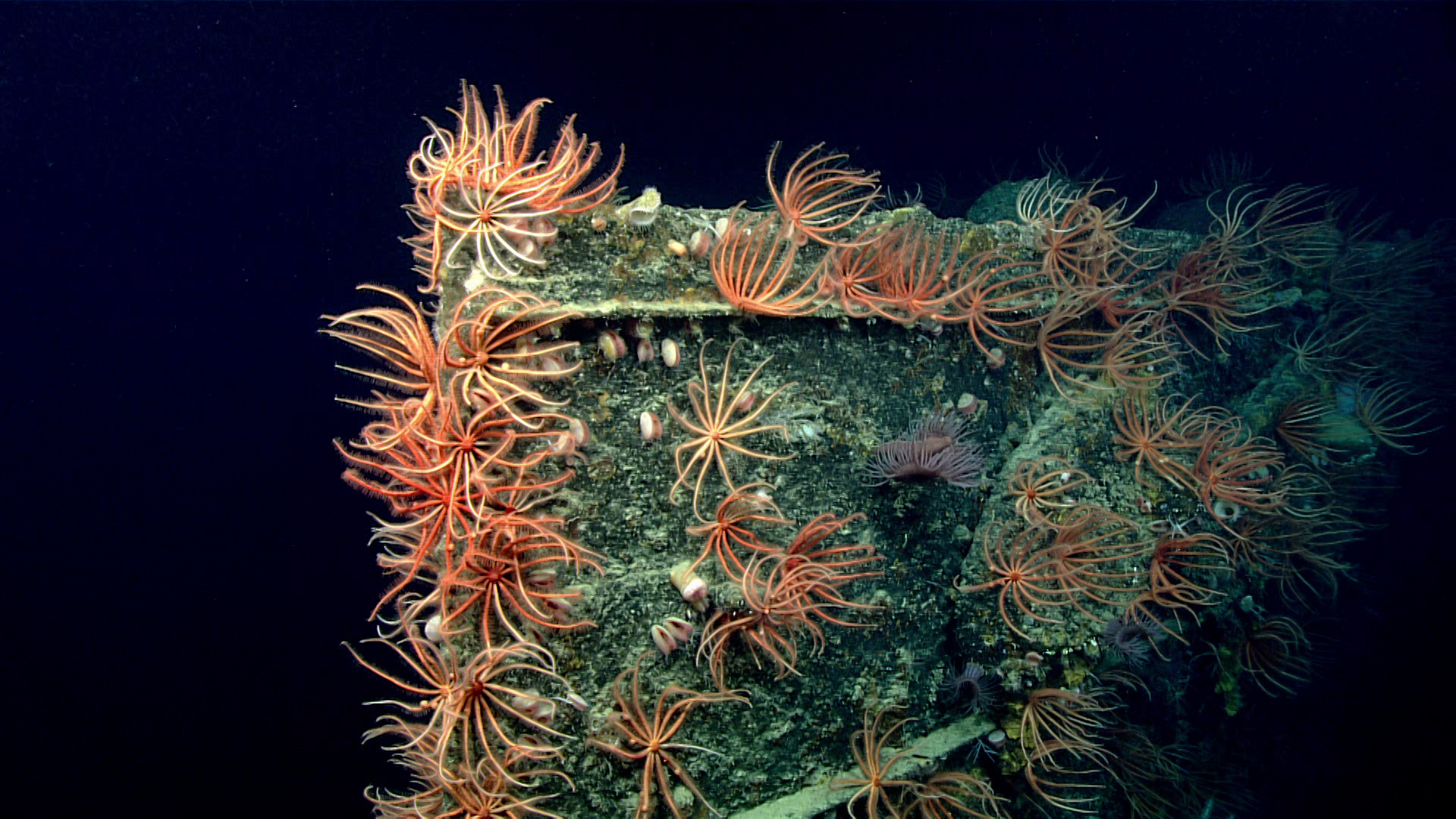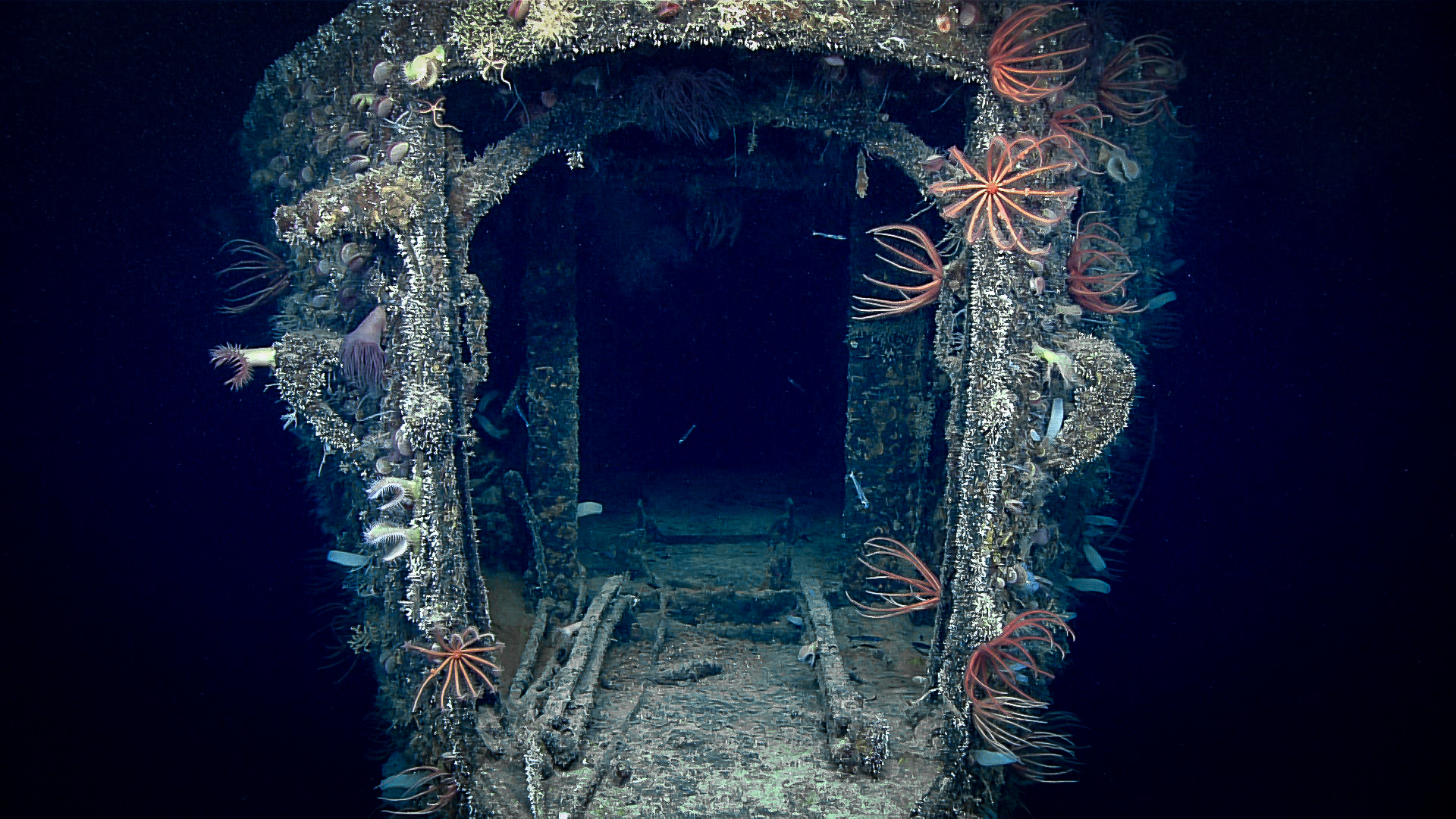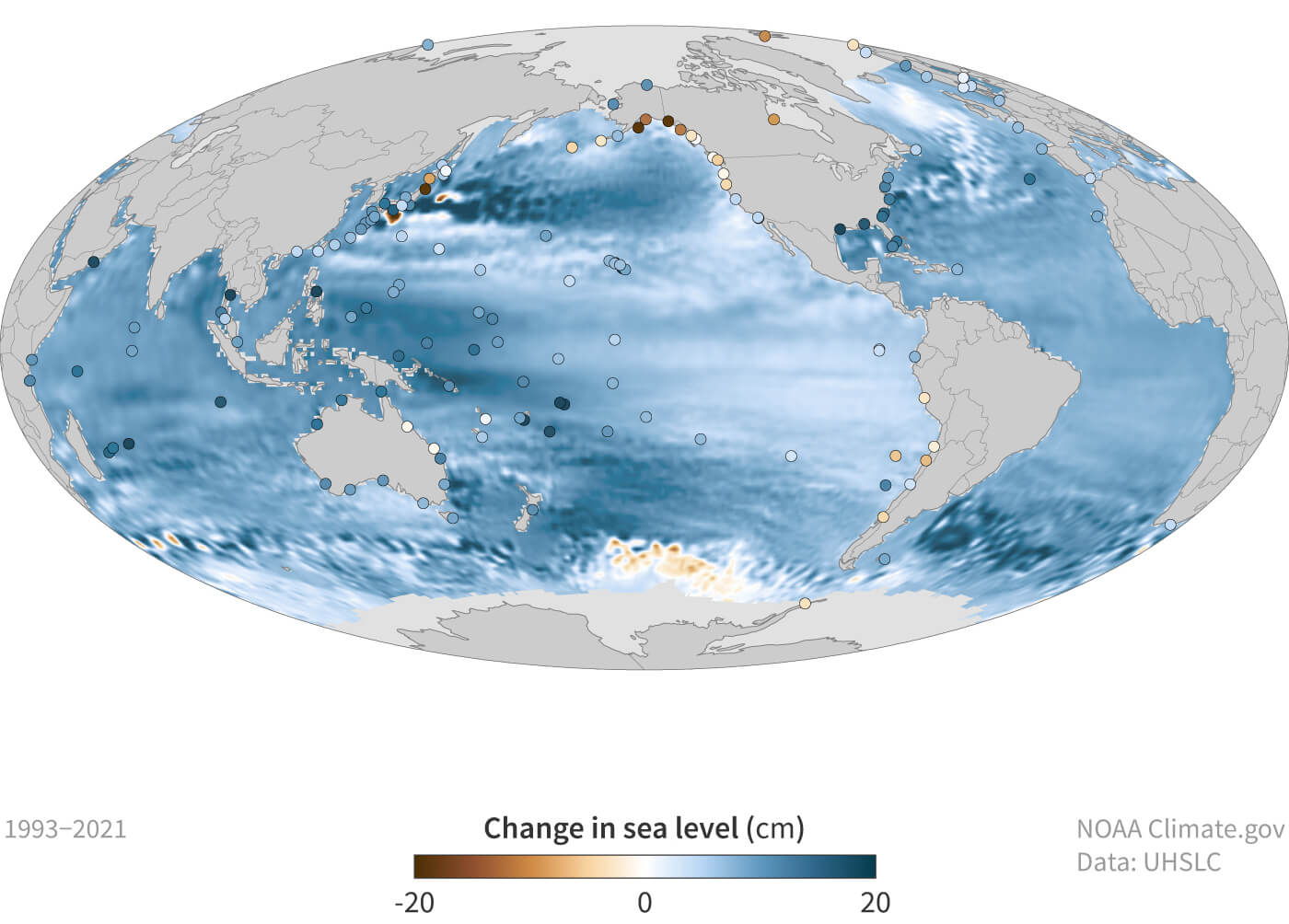The stories that emerge from material culture left behind by our predecessors span time and geography. Dugout canoes built from single trees and excavated out of river banks tell the stories of Indigenous North Americans who used interior waterways to establish intricate trade networks. The remnants of slave ships lost in the Atlantic give testimony to one of humanity’s darkest chapters. Lost submarines, battleships, and other vessels of war recount past international conflicts that shaped the history of nations. These sites can expand our larger understanding of history while at the same time providing a glimpse into the everyday lives of those who came before through the objects and environments they interacted with.
In addition to providing insight into our past, maritime archaeology can also help inform our future as we learn more about how this material record is impacted by human stewardship and climate change. Continuing advancements in ocean science technology allow us to better understand this heritage, and to discover more distant signals of the past in ever more difficult-to-reach places like the deep sea. Continue reading to learn more about maritime archaeology and the wide range of topics it encompasses—from ancient landscapes to shipwrecks.
